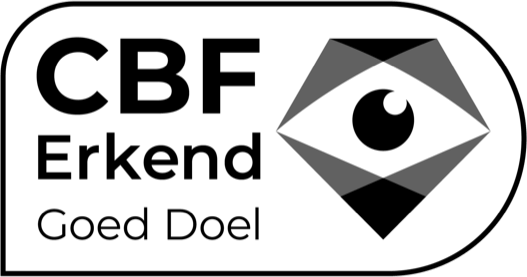'If we can turn on alveoli repair during lung attacks, we can save a lot of suffering'
In COPD, damaged alveoli no longer get repaired or renewed. Prof.dr. Reinoud Gosens (University of Groningen) is looking for ways to reactivate this process. In the coming years, he will study the repair of damage during a lung attack. ‘That is the key. And the stepping stone towards research in humans.’
Reinoud Gosens leads a research group at the University of Groningen that is part of Lung Foundation's Lung Regeneration Consortium[URL: https://accelerate.longfonds.nl/lung-regeneration]. This is an international collaboration of top scientists that (among other things) map out exactly what happens in the lung cells in COPD. Gosens: 'That information is important to me. Based on it I can explore: with which substances can I influence those processes?'
Realize dream
Gosens likes to investigate biological processes. ‘I always wanted to understand things. And I also want to help people with COPD realize their dream of finding a solution.’ As a student Gosens had two research projects to choose from. Cardiovascular diseases and lung research. ‘My brother has asthma, so I was more interested in lung research.’
If you get pneumonia, the function of the lungs deteriorates. Partly because some of the alveoli get damaged. In healthy people, the alveoli get repaired and lung function recovers within a few weeks. But not in people with COPD. Probably because the stem cells are no longer active. Gosens: 'My job consists of coming up with possibilities for turning those stem cells 'on' again. And test those. If one of them works, then we have a starting point for further research, towards a treatment.'
Three ways
Gosens tries find those possibilities, in three ways. On the one hand, he studies the inflammatory process itself: how does this inhibit the repair process and the stem cells? Can we influence these? He also studies 'the dark side of the lung'. One side of alveoli is in contact with air. The other side is in contact with thinly branched blood vessels. That's where oxygen enters the blood. And carbon dioxide and other substances come out. ‘The blood vessels are lined with endothelial cells. They are involved in the repair of alveoli. But we suspect that they actually hinder repair in people with COPD. We'll find out how.’ And the third way is that Gosens studies which substances encourage stem cells to grow.
Cultivated Lung Tissue
Cultivated lung tissue from stem cells plays an important role in Gosens’ studies. ‘We use this to study repair and inflammatory processes. And the effect of different substances: which substances make stem cells grow faster? How do the genes in the stem cells react? Which processes in the cell turn on or off?'
Gosen's research recently yielded an important discovery. Two existing drugs stimulate stem cell growth[URL: https://accelerate.longfonds.nl/updates/drug-repair-pulmonary-alveoli]. These are prostaglandin E2 and I2. The drugs work in two steps. First, the prostaglandins stimulate lung cells to release so-called growth factors. In turn, the growth factors make stem cells grow. Gosens: 'Lung cells release growth factors following a specific signal within the lung cells. That is called the WNT signal. What we discovered is that prostaglandins amplify this WNT signal. And thus stimulate stem cell growth.' The discovery was published in the renowned scientific journal Science Advances.
Medicine soon?
Can COPD patients get these drugs soon? ‘Unfortunately, no.’ says Gosens. After the news of the discovery, many people with COPD asked him this question. ‘We provided a so-called proof of concept: proof that in the lab the prostaglandins in principle stimulate stem cell growth.' This is promising, but it is yet necessary to find out whether the drugs also do this in humans. What dosage is needed. And whether prostaglandins are safe for people with COPD.
Key
That is what Gosens will do in the coming years. And he focuses on lung attacks, or exacerbations. During a lung attack the chronic inflammation in the lungs of someone with COPD flares up. Usually due to an infection. The result: severe shortness of breath and more loss of lung function. ‘Exacerbations are responsible for half of all lung function loss in COPD. If we can 'turn on' lung repair in this phase with prostaglandins, we will save people a lot of suffering. I believe that is the key, and ultimately the step towards research in humans.’
Step one is lab research: Gosens will mimic lung attacks in cultivated lung tissue. And see what prostaglandins do. In the future, he hopes to conduct research in a small group of patients with a lung attack. ‘Focusing on exacerbations also has practical benefits. The research takes place in a controlled environment as patients are in the hospital anyway because of the attack. Also, it allows us to learn in a relatively short time what the effect is of the prostaglandins.'
3 steps forward
If these results are convincing, then larger clinical trial comes into play. It is a matter of patience, confirms Gosens. ‘We conduct research at the forefront. This includes: 3 steps forward, 1 step back. But the collaboration of Lung Foundation brings us to solutions more quickly. I believe in this. And that makes it worth the while.’


